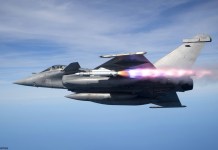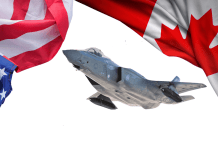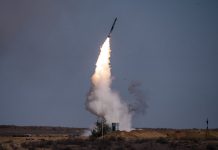If Japan and US engaged in military conflict to stop a possible Chinese invasion of Taiwan, they could lose over 500 fighter aircraft and scores of naval vessels.
Ukraine Parades ‘Naked’ Iranian Drones Infront Of Israeli Delegation As Kyiv Seeks Military Help From Netanyahu
According to a simulation by the Japanese think tank Sasakawa Peace Foundation, if the United States and Japan were to intervene in a conflict between China and Taiwan, they would successfully prevent Beijing from annexing the island.
Both countries will, however, pay a high price in terms of their military personnel and equipment. The simulation predicted that the US military could lose up to 19 ships, 400 fighter jets, and 10,000 soldiers to repel a Chinese invasion of Taiwan.
On the other hand, the JSDF suffered the loss of 15 naval vessels and 144 fighter jets, including F-35s and F-2s, in the war game.
The exercise simulated a cross-strait conflict in which China tried to invade Taiwan via an amphibious assault in 2026. Starting on January 21, the simulation ran for four days.
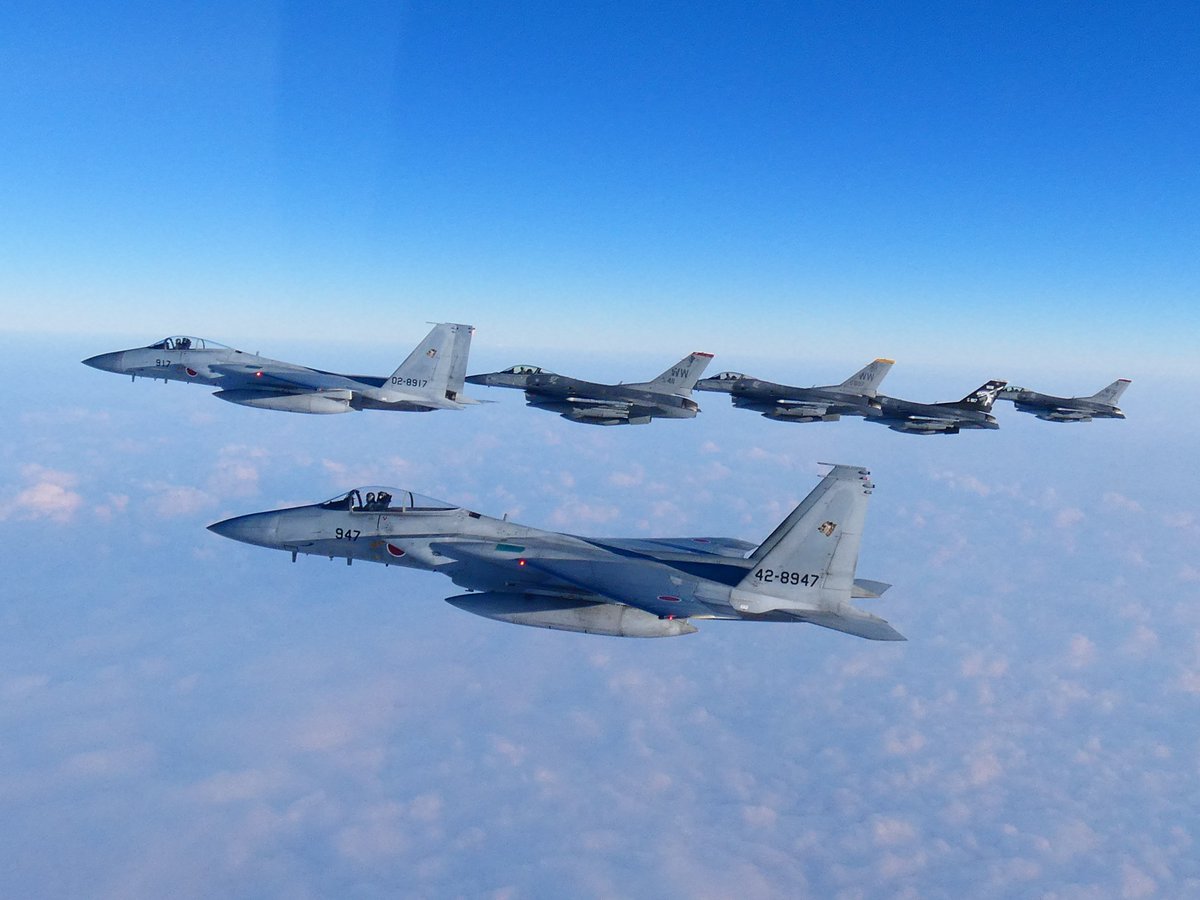
In the simulation, Chinese forces faced off against Japanese, US, and Taiwanese forces. It assumes that China will set up an invasion command center, which the US will counter by dispatching nuclear-powered aircraft carrier battle groups to areas in and around Taiwan.
Japan could be drawn into the conflict as it permits US forces to use its military bases and commercial airports. Japan also labels the invasion an “existential threat” if China launches missile attacks on these bases.
The wargame also revealed that in the case of a real Taiwan crisis, if Japan does not experience direct military attacks from China, it may use the right to collective self-defense and dispatch personnel to cooperate with the United States.
F-35 jets from the Air Self-Defense Force and warships from the Maritime Self-Defense Force participated in missile attacks against Chinese forces.
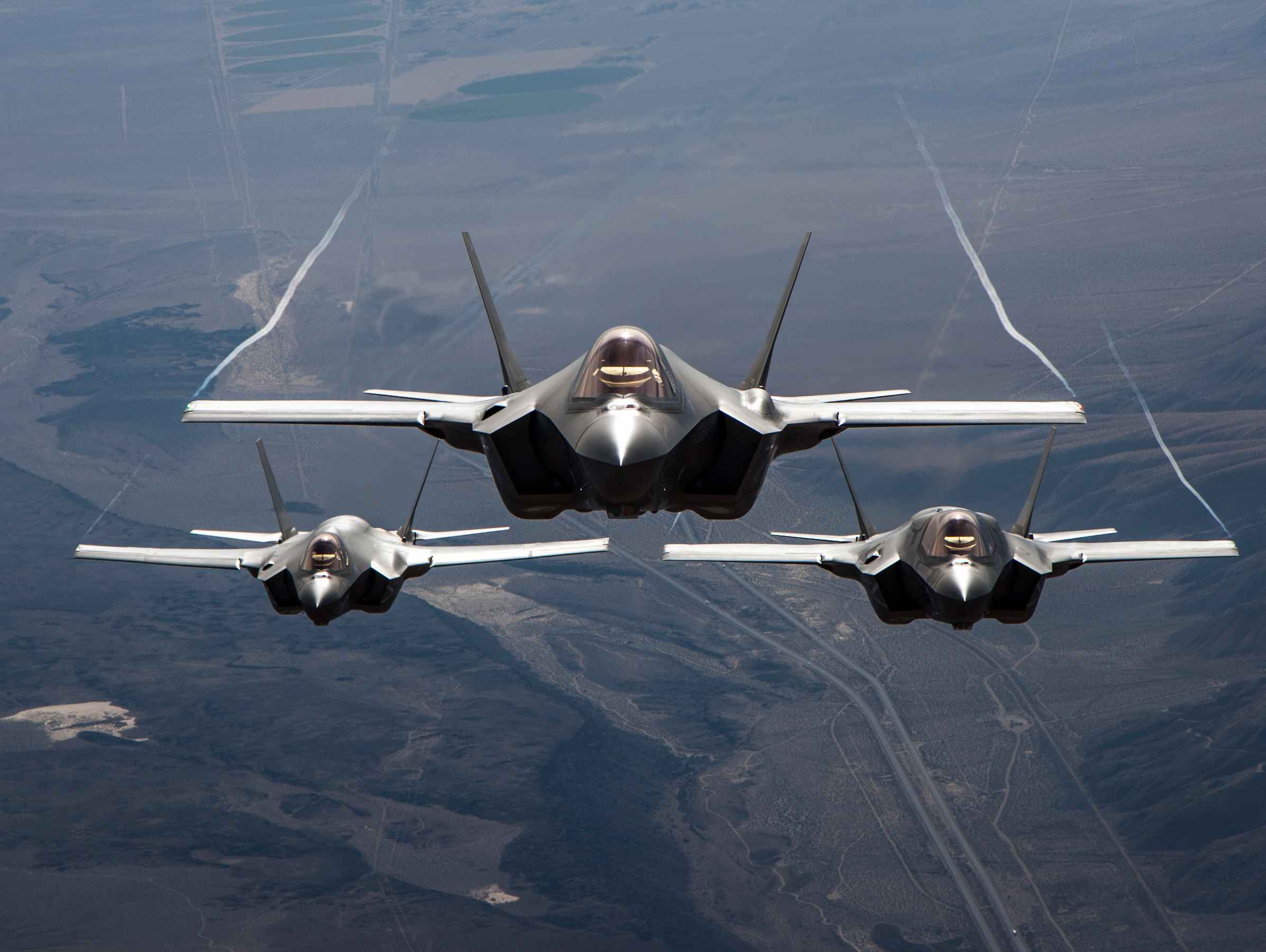
What Will Be China’s Losses From The Conflict?
In the simulation, the conflict ended two weeks after China was overwhelmed by the American-Japanese retaliation. The wargame highlighted that the coalition gained control of Taiwan’s airspace, dealing the last blow after cutting off China’s military supplies.
China lost 156 battleships, including two carriers, 168 fighter planes, and 48 military transport aircraft. Furthermore, almost 40,000 soldiers were killed or injured.
Taiwan witnessed 13,000 soldiers killed or injured in addition to losing 18 ships and 200 planes.
The key takeaway was that although a Chinese military invasion of Taiwan was averted, it cost the self-governing island, the United States, and Japan dearly in terms of human lives and recourses.
This exercise’s outcome is consistent with the wargame carried out by the Center for Strategic and International Studies (CSIS), a Washington-based think tank, which found that China lost in most of the 24 scenarios it assessed.
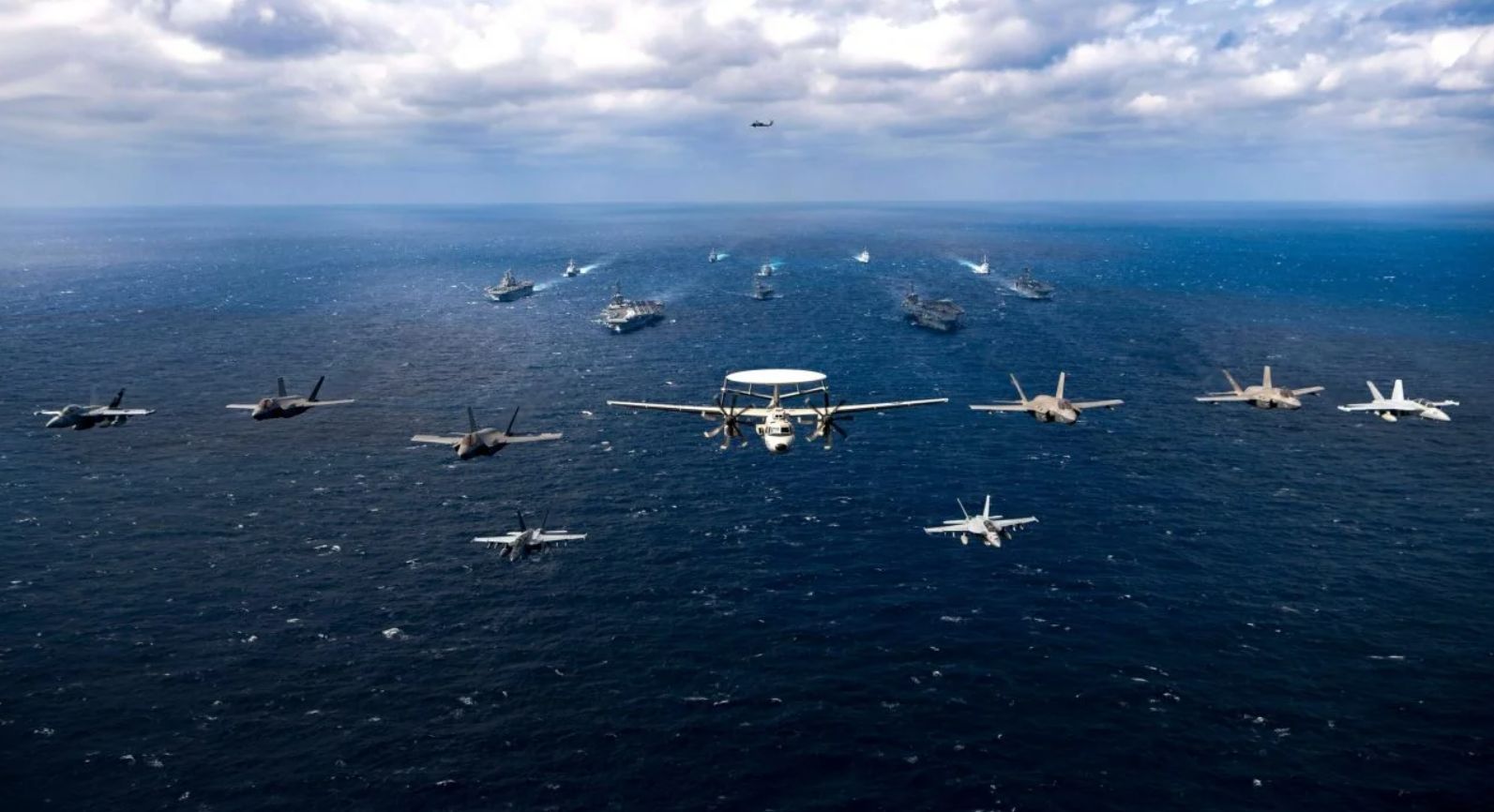
According to Nikkei, the Sasakawa and CSIS are both based on the current military capabilities of the four participating countries. However, if China considerably increases its military might, the result in 2026 might be different.
Nuclear weapons were not used in either simulation. Both the wargames also neglect to consider ASEAN’s reaction or the Philippines’ involvement, where the US has been increasing its military presence.
The conflict between Russia and Ukraine has sparked worries that Beijing may feel encouraged to invade the island that it has vowed to unite with the Chinese mainland.
During Nancy Pelosi’s visit to Taipei in August of last year, Beijing conducted extraordinary military exercises that included maneuvers off the east and west of the island, seemingly in preparation for encircling Taiwan and cutting it off from outside assistance.
One of Taiwan’s military’s main objectives is to stave off the PLA for two weeks so that the US and other allies can support the island. Taiwan’s Defense Minister recently stated that if the island’s troops are well-prepared, they might repel an initial Chinese attack.
According to Defense Minister Chiu Kuo-cheng, China is undoubtedly powerful enough to start a war but not powerful enough to capture Taiwan within one or two weeks.
According to some experts, the military balance in the Western Pacific region will favor China in 2025 due to the country’s aggressive military modernization.
Yet, the outcome of the wargame indicated that although Japan and Washington would suffer considerable losses in personnel and resources, they would ultimately be able to prevent China from annexing Taiwan.
- Contact the author at ashishmichel(at)gmail.com
- Follow EurAsian Times on Google News

